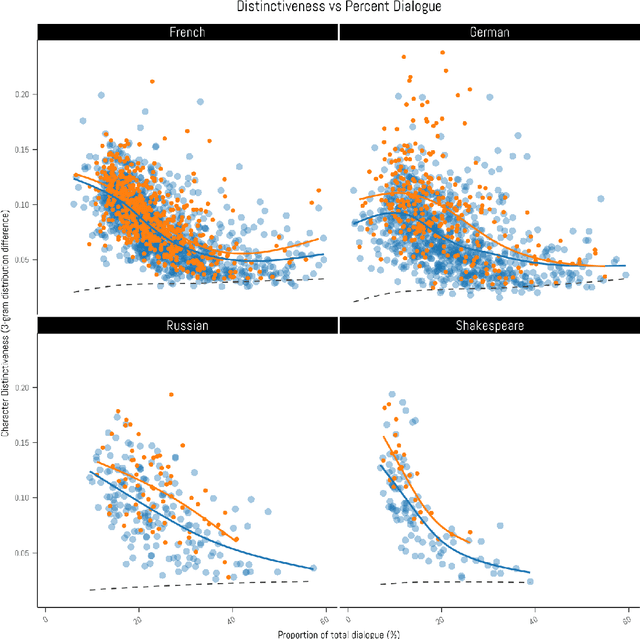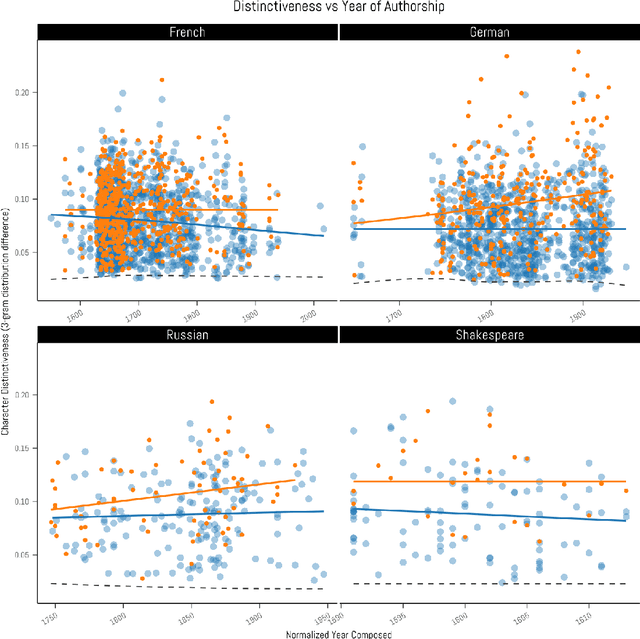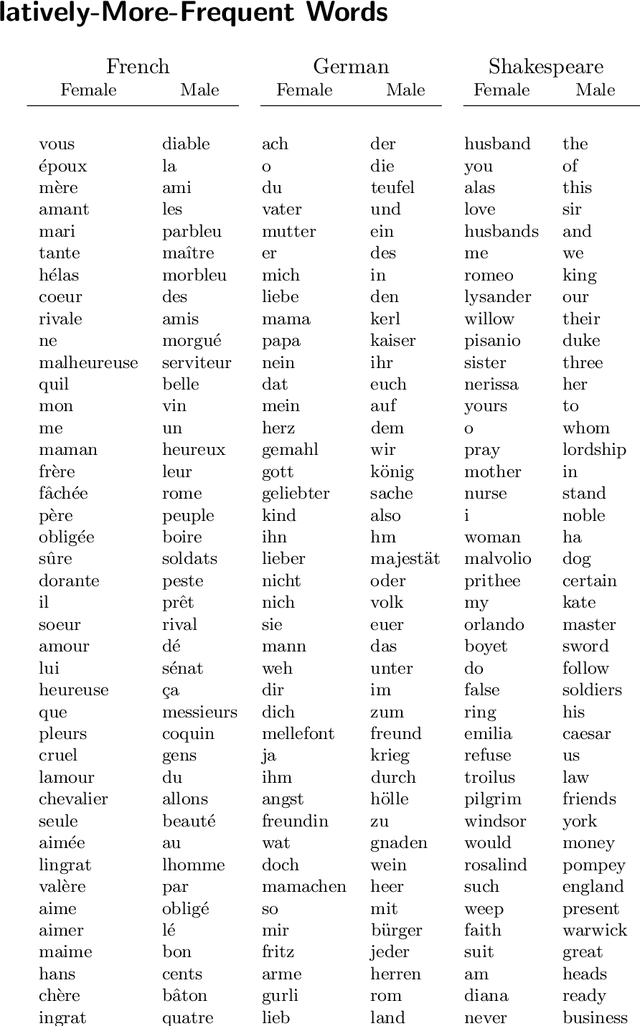Joanna Byszuk
Scalable handwritten text recognition system for lexicographic sources of under-resourced languages and alphabets
Mar 28, 2023Abstract:The paper discusses an approach to decipher large collections of handwritten index cards of historical dictionaries. Our study provides a working solution that reads the cards, and links their lemmas to a searchable list of dictionary entries, for a large historical dictionary entitled the Dictionary of the 17th- and 18th-century Polish, which comprizes 2.8 million index cards. We apply a tailored handwritten text recognition (HTR) solution that involves (1) an optimized detection model; (2) a recognition model to decipher the handwritten content, designed as a spatial transformer network (STN) followed by convolutional neural network (RCNN) with a connectionist temporal classification layer (CTC), trained using a synthetic set of 500,000 generated Polish words of different length; (3) a post-processing step using constrained Word Beam Search (WBC): the predictions were matched against a list of dictionary entries known in advance. Our model achieved the accuracy of 0.881 on the word level, which outperforms the base RCNN model. Within this study we produced a set of 20,000 manually annotated index cards that can be used for future benchmarks and transfer learning HTR applications.
From stage to page: language independent bootstrap measures of distinctiveness in fictional speech
Jan 13, 2023



Abstract:Stylometry is mostly applied to authorial style. Recently, researchers have begun investigating the style of characters, finding that the variation remains within authorial bounds. We address the stylistic distinctiveness of characters in drama. Our primary contribution is methodological; we introduce and evaluate two non-parametric methods to produce a summary statistic for character distinctiveness that can be usefully applied and compared across languages and times. Our first method is based on bootstrap distances between 3-gram probability distributions, the second (reminiscent of 'unmasking' techniques) on word keyness curves. Both methods are validated and explored by applying them to a reasonably large corpus (a subset of DraCor): we analyse 3301 characters drawn from 2324 works, covering five centuries and four languages (French, German, Russian, and the works of Shakespeare). Both methods appear useful; the 3-gram method is statistically more powerful but the word keyness method offers rich interpretability. Both methods are able to capture phonological differences such as accent or dialect, as well as broad differences in topic and lexical richness. Based on exploratory analysis, we find that smaller characters tend to be more distinctive, and that women are cross-linguistically more distinctive than men, with this latter finding carefully interrogated using multiple regression. This greater distinctiveness stems from a historical tendency for female characters to be restricted to an 'internal narrative domain' covering mainly direct discourse and family/romantic themes. It is hoped that direct, comparable statistical measures will form a basis for more sophisticated future studies, and advances in theory.
 Add to Chrome
Add to Chrome Add to Firefox
Add to Firefox Add to Edge
Add to Edge